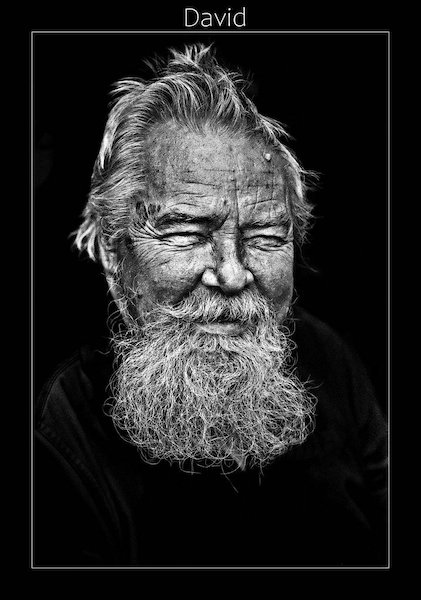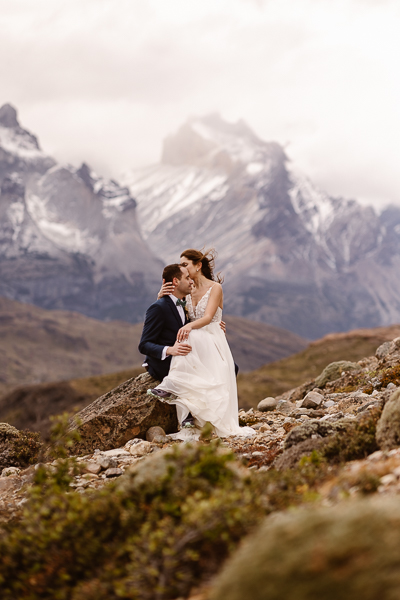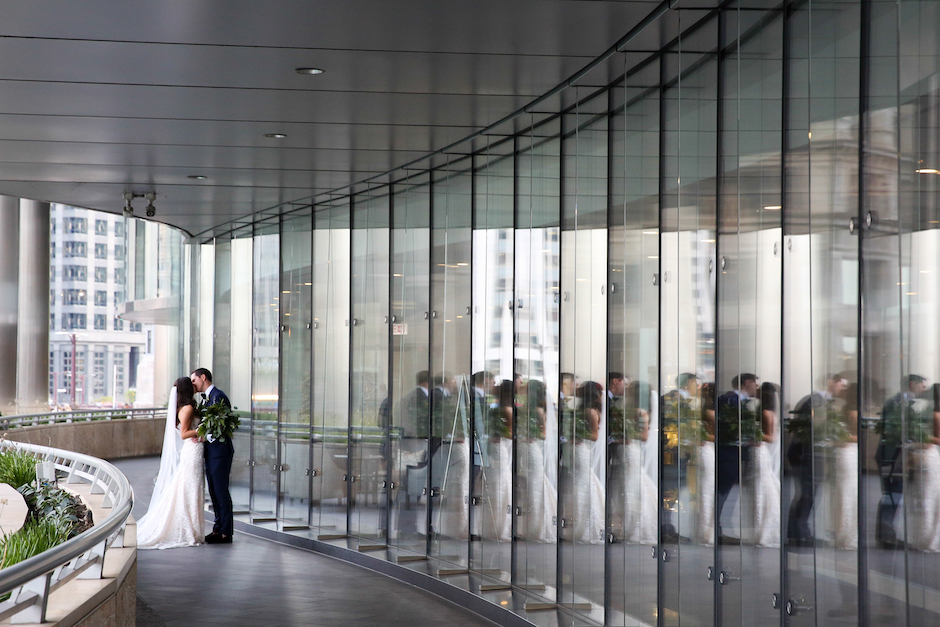Do Not Call It Glamour
January 1, 2011
“Glamour as a popular genre was dying for a time,” Sue says. “My studio was changing at a fast rate. Family portrait marketing was becoming the new trend and weddings were reaching sales in excess of $5000. I didn’t want to just shoot children and weddings. So I turned off the flash, opened the curtains in the studio and removed the soft focus gels. I shoot with natural light, never using artificial light, and cropped my clients portraits like fashion magazines. I stopped calling my genre glamour. I became a contemporary portrait photographer.”
Within a year of opening her first studio, Sue’s business grew to the point that she was able to upgrade to a 220-square-meter (2368-square-feet) inner-city studio in Auckland, New Zealand, complete with a built-in makeup salon. With a staff of 10 and a business partner, Sue created a magnificent brand that she is extremely proud of. She went outside the box and tried to go further than what other portrait photographers around her were doing. Sue advocates the importance of brand and evolution, and applies the same marketing skills used by top cosmetic company brands. She says her marketing plan is based on connection and desire.
“To understand my mission statement you need to know my brand,” she says. “People may think I have spent 15 years transforming women with makeup. The truth, of course, is I simply give them permission to shine. I create an experience of being photographed. I don’t just take photos. I show women what’s inside them; when that comes forward, that is one of the most beautiful things I have ever seen. My Web site says, ‘I invite you to a personal session with me. It will change the way you see yourself.’ And I mean that with my whole heart. As Anaïs Nin said, ‘When you possess light within, you see it externally.’ ”
Sue started her portrait business with film in a Hasselblad medium format camera, and was around for the change to digital. She has owned just about every digital SLR Canon has manufactured. Her current cameras are the Canon 5D Mark II and the EOS-1D Mark IV. The 85mm f/1.2L and the 24–105mm f/4L are her favorite portrait lenses. She says, “I’ve included video in my price list and I’m shooting ‘Moving Portraits,’ a fusion of high-definition video and still photography. This doesn’t replace portraits—it adds value. I believe a tangible product is the key; people still want to touch something. You can up sell the portrait product, but you can’t up sell the video.
“With all the technology now available to us—the iPhone, iPad—we have the opportunity to create products for these mediums for viral marketing, networking and word of mouth. There is Facebook, YouTube and so on. I believe if you are not creating product for this market, you are not competing in today’s society. My clients can show their video of their portrait session or shoot behind the scenes, sharing their very own mini cinema experience. Within a day of releasing a video on my Web Site I get up to five inquiries for shoots.”
She can also spend up to 15 hours on Photoshop in a day. (“Somebody please invent a Photoshop desk with a treadmill attached to it!” she laughs.) Sue’s recipe for a successful portrait is a bit of makeup, hair styling, a good reflector—allowing the subject the space in which to shine—and, lastly, adding a dash of Photoshop magic. The results, shown on Sue’s Web site under her “Before and After” portraits are amazing.
Sue grew up in a creative family in Auckland. Her mother is a sculptor and her sister is an art teacher. All of the men in her family build things and are creators of some sort. Sue started in the photographic business at age 18, working for her mother as a photographic retouch artist for professional photographers. Over a four-year period she retouched photographs for 300 professional photographers. At 22, she started working for New Zealand’s leading glamour portrait studio. She spent two years retouching, assisting and running production. Eventually she was given her first studio session.
In the beginning years of her professional life, Sue developed a portfolio; she felt her shooting style was defined, but nothing prepared her to run a business. This turned out to be the most significant journey of her life. Sue says, “I had no business sense, no marketing sense and no idea how I was going to actually sustain an income from something that I had been doing so easily for 10 years. But I have common sense and a fast conclusion rate. I decided I needed to make a list, create a style, a brand, a product and write my goal and marketing plan. I booked 262 sittings in two weeks from my initial round of marketing for my first studio that opened in 2004, a 6 x 10-square-meter (645-square-feet) space in a garage next to my country cottage home. My earnings went from zero to $20,000 per week in turnover in 15 weeks. My little country boutique, or as I affectionately preferred to call it ‘Garage Glamour’ grossed $480,000 (New Zealand) in its first year.”
Last year Sue sold her Auckland Studio and moved her business to Sydney, Australia. She is currently busy doing contemporary portrait sessions and is much sought after for consulting and presenting her powerful teaching workshops, including the upcoming WPPI convention. Sue says, “Education has always been my strength and passion. I love to motivate, power up and inspire people to better their lives and business. I teach ‘Free your mind—you are only limited by your own thoughts.’ In my experience, people’s businesses run in direct proportion to where they are at in their personal lives. To free someone, you only need to show them how easy it is to work from the heart. I love teaching this to people. I’m designing more training products and have brought my brand to Australia and now the U.S.A. I can now share this and watch people transform in front of me. I am unable to express the gratitude I feel at being given this incredible gift.”
When Sue, herself, a self-taught photographer who counts the natural light, fashion style of the late Herb Ritts among her earliest influences, starts speaking about her portrait business, people are floored by her startup story because they realize they can achieve this, too. One of the most in-demand things she teaches is how she poses her clients. Sue breaks a few traditional posing rules because her brand is fashion inspired. She says, “Contemporary portrait styles are developing; we live in a pop culture where celebrity and media are king. We are faced with these modern images everywhere. Also connection and direction are most important. People always want to know how to pose and connect to others in their photographs.
“I went to my first WPPI in 2010 and there are no words to describe how amazing it is. It took me weeks to process all the things I learned and could apply to my business. I have been touring Australia speaking and educating, I am bringing everything I’ve got to WPPI and I can’t wait to share it.”
Visit www.suebryce.com to see her portfolios. Go to www.inbedwithsue.com to find out about more about her portrait and business workshops and to order her informative training manuals.
Sue Bryce will teach a Platform Class, “Moving Portrait,” on Monday, February 21st at the
annual WPPI Convention and Trade Show,
February 17–24, 2011 in Las Vegas at the
MGM Hotel. Sue’s class will be from 6:30 p.m.
to 8:30 p.m.
Paul Slaughter is a world-traveled photographer and writer, residing in Santa Fe, New Mexico. Paul specializes in location and fine art photography. An avid jazz lover, he has an extensive photographic collection of the jazz greats. He recently published a book of classic jazz greats, Paul Slaughter/Jazz Photographs 1969–2010. You can view portfolios of Paul’s work at www.slaughterphoto.com.




